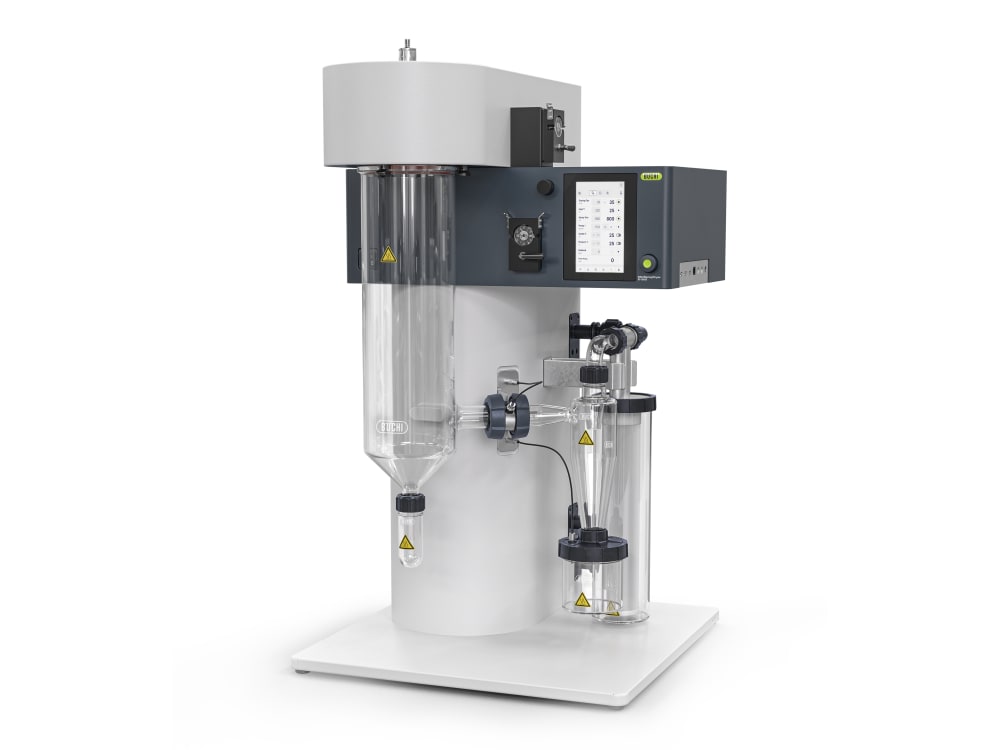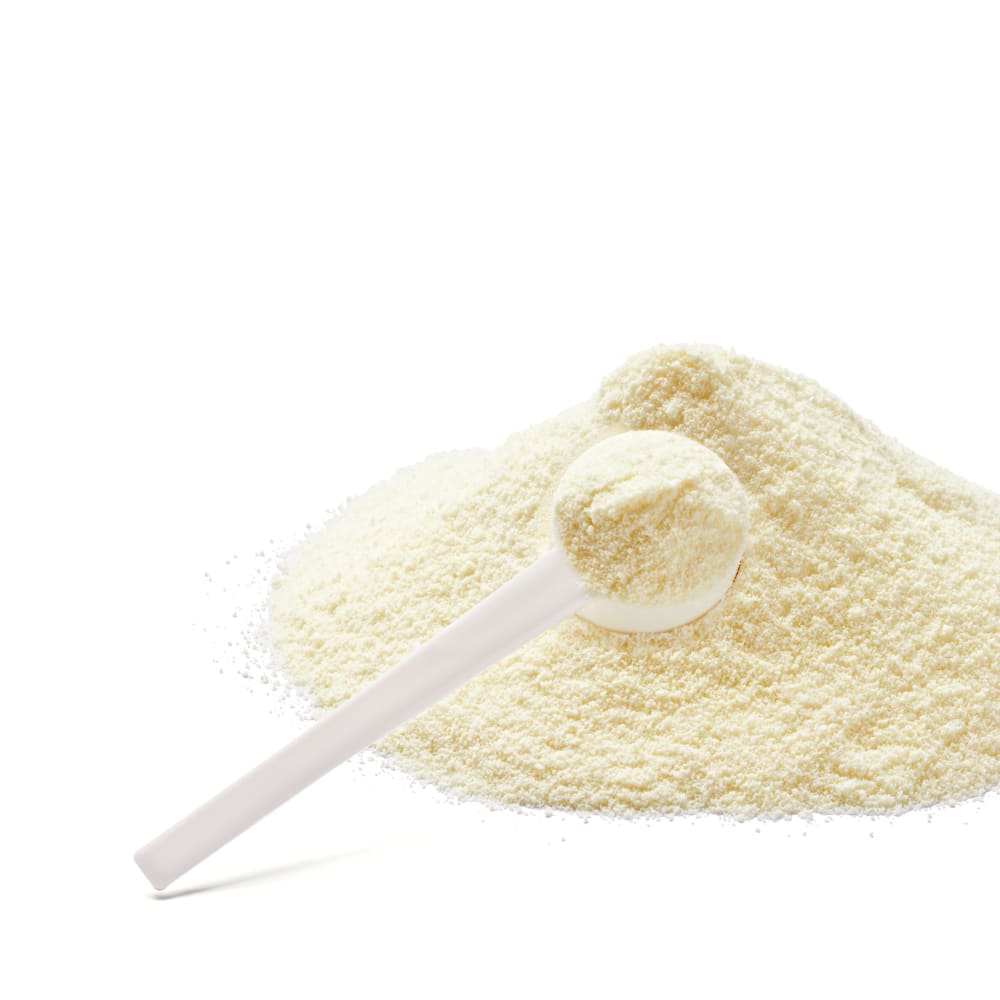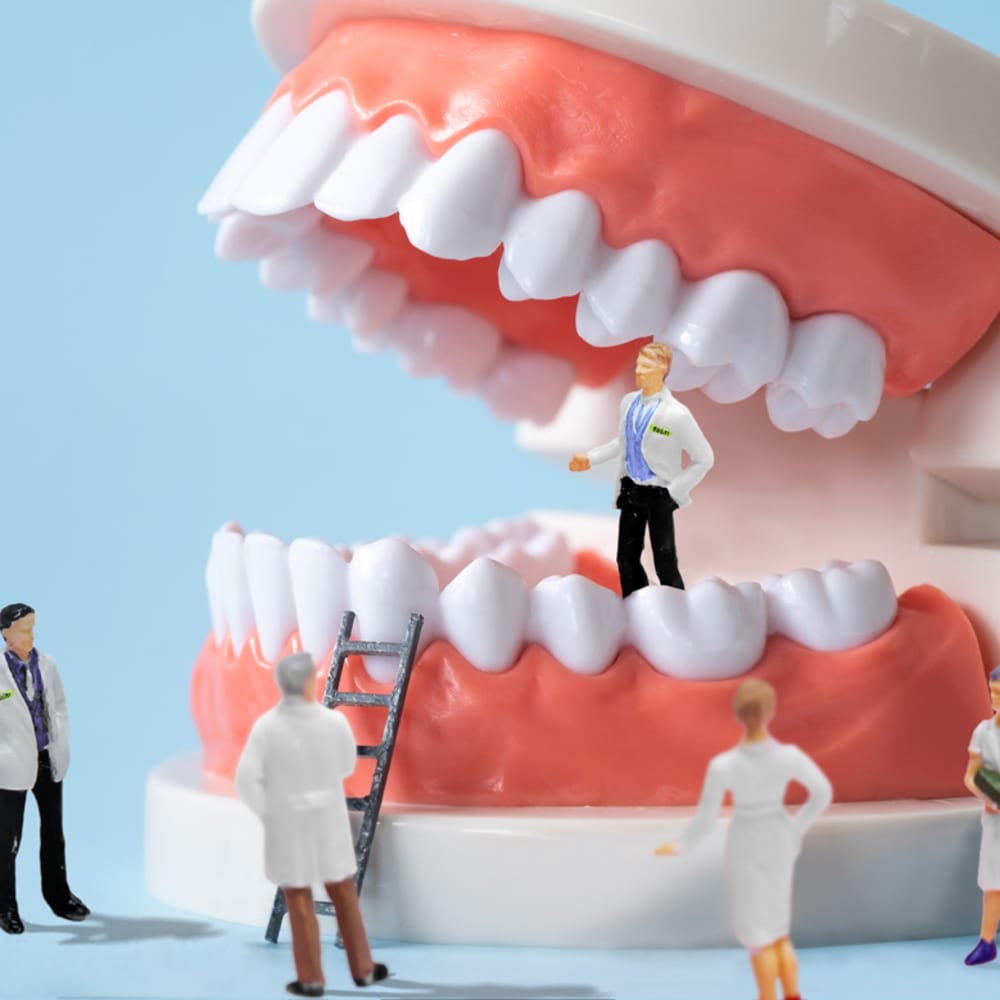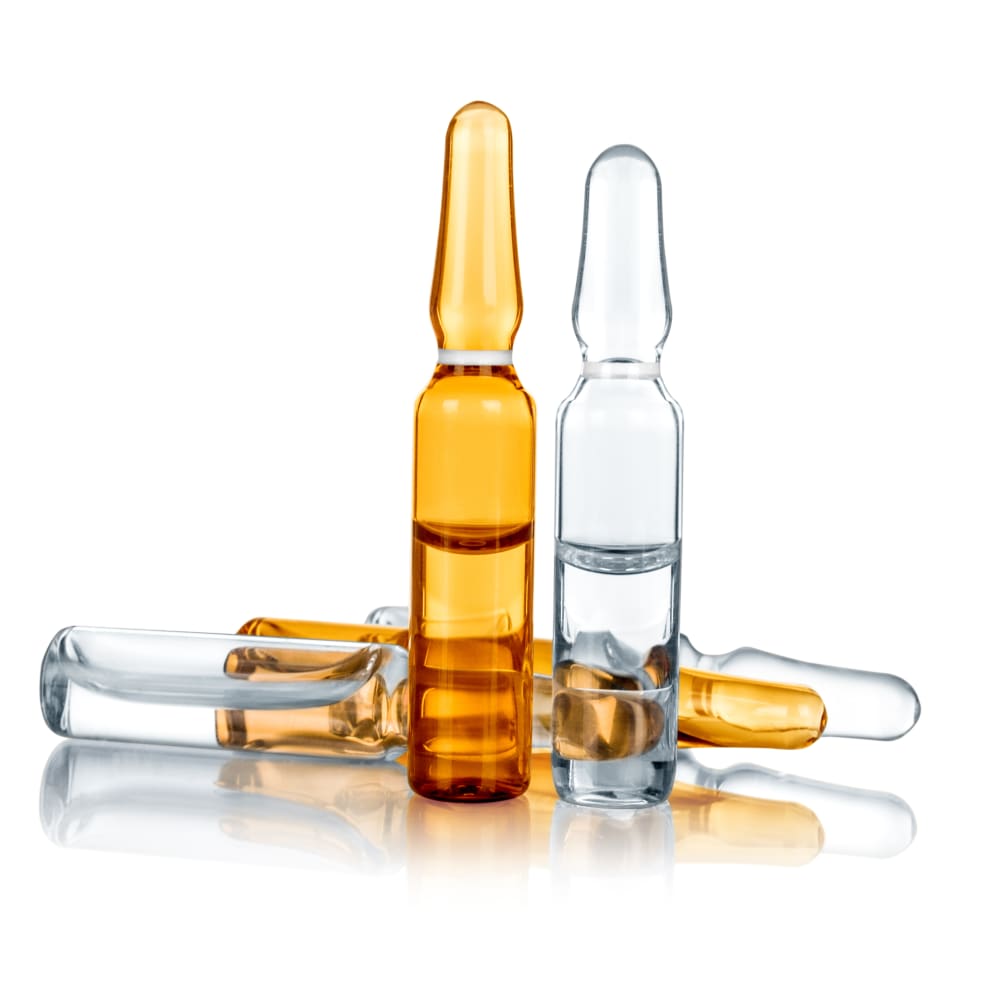Spray Drying of Metal soap
Application Note Mini Spray Dryer B-290 Metal soap

Metal soaps, also known as metallic stearates, are compounds made up of metal ions and fatty acid chains, and they have various applications in different industries, including plastics, rubber, paints, and coatings. Spray drying is a common method used for the production of metal soap powders.
The spray drying process involves atomizing a metal soap solution into a hot gas stream, which evaporates the solvent and leaves behind a fine powder of metal soap particles. This technique offers several advantages, including the ability to control the particle size, shape, and surface properties of the resulting powder, making it suitable for different applications.
Metal soap powders produced by spray drying are widely used as lubricants and release agents in the plastics and rubber industry. In addition, metal soap powders are also used as a stabilizing agent in the manufacturing of PVC and as a dispersant in paints and coatings. The spray drying technique also allows for the production of metal soap particles with high purity and consistent quality, which is critical for the various applications of metal soaps.
In summary, spray drying is a useful technique for the production of metal soap powders that find applications in different industries. The ability to control the particle size and surface properties of the resulting powder makes it suitable for various applications, including as a lubricant, release agent, stabilizing agent, and dispersant.
Please see the application note for starting paramters, formulations and some results.
Registration für Download
Weitere Instrumente
Ähnliche Applikationen
Graphen-basierte Verbundwerkstoffe für Lithiumbatterien durch Sprühtrocknung
Verbundwerkstoffe auf Graphen-Basis können verwendet werden, um die elektrische Leitfähigkeit und das Zyklusverhalten von Lithiumbatterien (LIB) zu verbessern. In diesem Whitepaper erfahren Sie mehr über die erforderlichen Schritte, um mithilfe der Sprühtrocknungstechnik Verbundwerkstoffe auf Graphen-Basis zu erhalten. Erfahren Sie, wie Graphen-basierte Verbundwerkstoffe synthetisiert werden, lernen Sie mehr über die Funktion verschiedener Graphen-Pulver in der Forschung und Entwicklung von Batterien sowie über die Prozessparameter für die Sprühtrocknung verschiedener Graphen-basierter Materialien.
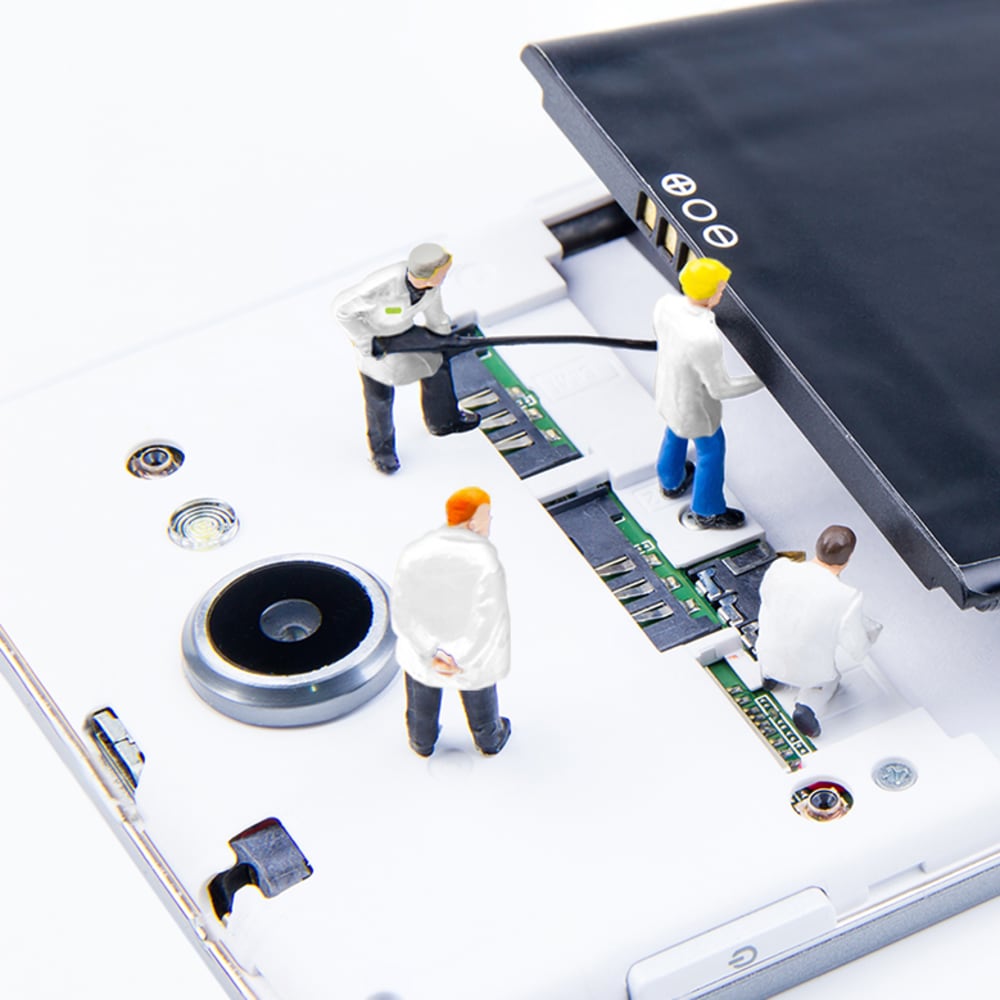
Cosmetics Lab, Teil 2
Erfahren Sie in der 2. Ausgabe von «COSMETICS LAB», wie aus natürlichen Rohstoffen Wirkstoffe entstehen. Profitieren Sie von nützlichen Informationen über Techniken, die in der Kosmetikentwicklung eingesetzt werden. Lernen Sie, wie man Wirkstoffe identifiziert und extrahiert, und wie die Chromatographie zur Reinigung von Rohstoffen genutzt wird. Darüber hinaus bieten wir Ihnen unterhaltsame Fakten, Horoskope, Quizfragen und ein exklusives Interview zur Bekämpfung von Fehlinformationen in der Kosmetikindustrie.

Formulierungstipps für Proben mit Cannabisöl
Mit diesem kostenlosen Whitepaper erhalten Sie nützliche Einblicke in die Sprühtrocknung und Verkapselung, zwei gängige Techniken zur Formulierung von Cannabinoiden. Ausserdem erfahren Sie, warum Cannabinoide in Pulverform benötigt werden.
Nutzen Sie den Leitfaden, um auf einfache Weise eine marktfähige Form von Cannabinoiden herzustellen.
Cosmetics Lab, Teil 3
In der 3. Ausgabe von «COSMETICS LAB» finden Sie alles über die Herstellung von Make-up. Verbessern Sie Ihre Kenntnisse über Formulierung durch aufschlussreiche Informationen über Mikroverkapselung und Sprühtrocknung. Erhalten Sie ausserdem Tipps zur Formulierung von Kosmetika, sowie Rezepte, Quizfragen, Horoskope und lesen Sie ein exklusives Interview mit einem Experten für Mikroverkapselung.


